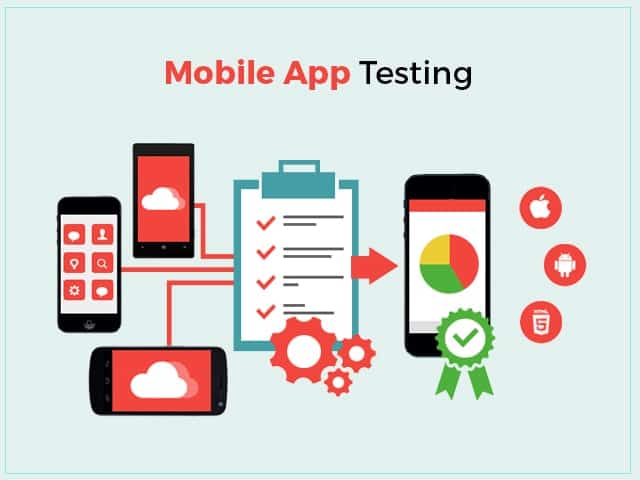Top Mobile App Testing Tips To Follow Before App Submission

Mobile app users do not want to use buggy or faulty apps. They would delete your app if they find that it is not user friendly and upload a replacement app. End users of the mobile app may have high expectations with respect to quality, performance, and usability of the app.
Thinking about the most common mistakes made at the time of testing is that developers do not perform testing on real devices in various scenarios. Not considering account behavior on different devices running on several mobile operating systems is one of the most common mistakes made by app owners and developers. The solution for this problem can be to simulate the real native apps running on real mobile devices. Here are some important factors you should consider to test your mobile apps:
1.Test your target OS platforms and versions
It’s very obvious that the testers would identify the major OS platforms and test the apps using emulators. There are chances that some of the features cause problems for the mobile application. One should ensure that the app is tested across various platforms and and actual physical devices. Do not forget that the operating system would have more than one version available in the market. For example: If your app is compatible with iOS 8 and later versions, you will still have to test the app for versions 8.0, 8.1, 8.3. 8.4, and so on.
2.Check app UI on different screen sizes
We all know that designing a mobile app for varied screen sizes can be a big challenge. It is important that the app works well on all the major screen sizes. Your app would be uninstalled if the user finds that the elements of the app on screen do not align well. Before developing the app, you should map all the models you want the app to support. Test the app on each screen and device. If you come across two different models having the same screen size, then you can test the UI On any one device.
3.Perform mobile app testing with several internet speeds
Internet speed can have a huge impact on the experience of using a mobile app. If the users is connected to a slow cellular network, they might find it difficult to view rich media content. It is important to ensure that app testing includes slow and fast connections. It can be a good idea to use WiFi connection for testing app performance.
4.Ensure that app follows platform guidelines
Mobile platforms such as Android, iOS, and Windows have several platform guidelines for supporting features and UX standards. If the guidelines are not followed, it’s possible that the app might fail or users may find it frustrating.
Remember that your app would make an impression for the first time itself
Though app owners may be in a big rush to release the first version of the app on the App Store, you cannot neglect QA. If your mobile application doesn’t perform well, there are chances that it may have negative reviews and it can hurt the reputation of your app. You may lose users and they may never come back if they find your app faulty or buggy. Hence, a combination of manual and automated testing is a must before the app is launched.
Blog Home
